Triple nature of light.
Professionals will tell you that any photographer light has a triple nature: color, direction, and type. These three components affect how the result will look like the photo. Understanding and proper use of these components allows you to create the best photos.
Neutral light

Neutral light that does not have a pronounced color paint, ideal for when you want to get "natural" color of the subject
Warm light
Warm light is good for creating dreamy, "calling" the image. People tend to associate warm light with a sense of comfort, friendliness and romance. For example, a pair of lovers sitting on the beach near the fire, throwing a warm light. Husband and wife celebrate their anniversary, sitting at a table illuminated by a warm, trembling candlelight.
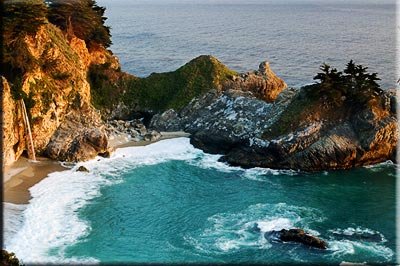
Cold light
Cool light is good for creating atmosphere of peace, quietness and icing. People tend to perceive blue color as a carrier of coolness and serenity. As illustrated by the ice, early winter morning, when he has an intense shade of blue.
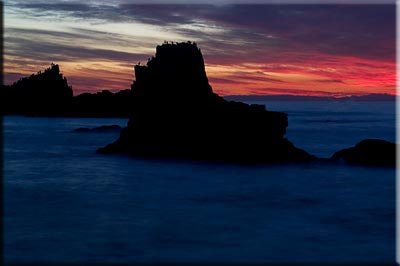
Color and Saturation
Saturation is another aspect that is extremely important for any photographer. From a photographic point of view, saturation is correlated with the intensity of the color component. The brighter the color, the stronger the saturation. Faded colors on the contrary have low saturation. From a technical point of view, saturation is associated with how much white light is colored in a different color. Saturated colors have a very little component of white light, so they appear bright. And the more the color is diluted with white, so it is less saturated.


In pictures 5 example of weakly saturated colors. Grass and tree leaves are pale, dull green. It is the result of the fact that the photo was taken in unfavourable lighting conditions.
Since the color sets the mood and adds to the impression of the photo, and saturation is very important. Often photographers want rich, bright colors. Sunset is the most typical example in this case. The more saturated colors of the sunset — the more impressive.
Photographers need to know what factors affect saturation. One of the most important factors is the time of day when the photo was taken. Usually, early morning and evening the colors are more saturated than in the middle of the day. If you take a closer look at beautiful landscape photography, you will note that basically all they were made or in the first or second half of the day, not in the middle. One of the reasons for this is color saturation.

Light type
The type of light is often determined by the concepts of hard or soft light. But these concepts are rather vague. If you say the photos that you have taken a picture in the soft light, it is likely that he simply does not understand what you're saying. But there is a more practical explanation of what is soft and hard light. The softness or the hardness of the light is determined by a combination of contrast detail in shadows and high dynamic range. In addition the hard and soft light can be characterized by its visual perception and the emotional response that it transmits to the viewer.
Hard light


Hard light is direct, sharp, and often shows the object in a slightly icky, "severe"
Soft light
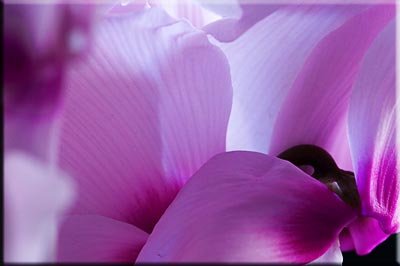
The opposite of hard light, quite logical is the soft light. It can be complex in its structure and objects in the soft light often look very attractive.
Direction.
The last characteristic of light is its direction. More precisely, the direction of the light relative to the camera and the subject. There are three basic lines: straight, side and rear. Each direction has its own characteristics and creates its own atmosphere in the pictures.
Direct light

Direct light illuminates the subject head-on, when the light is behind the photographer, or the photographer or in the vicinity of the photographer. Direct light can often be seen on the bad scenery and much less on the good.
Side light
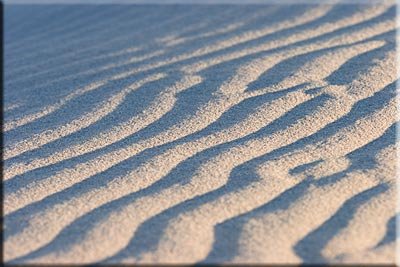
The side light illuminates the object from the side, at a slight angle. This is the direction of the light to give a completely different atmosphere to the whole scene.
Locking
The backlight illuminates the object from behind. That is, the light is directed straight into the lens. As well as side light, the rear can give a completely different atmosphere.

this is one example of a backlight. In this case, most of the objects (for example trees and rocks in the foreground will appear as silhouettes. The display of objects in the form of silhouettes, one of the typical applications for the backlight. Silhouette arises from the fact that the dynamic range of the images far more dynamic range of the camera, besides, it turns out that the "front" side of all the objects in the shadows.
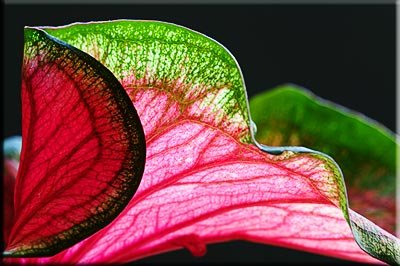
shows another example of backlight. In this case, the light source shines through the subject.
Part of the light penetrates through the sheet. This raises the impression that the sheet is illuminated, the light source itself is not visible at all. Such backlight clearly identifies the veins on the leaf and emphasizes colors.
очень красиво))))))))))
Downvoting a post can decrease pending rewards and make it less visible. Common reasons:
Submit